Not all hybrids are born equal - and here’s everything you need to know about modern mild hybrid vehicles.
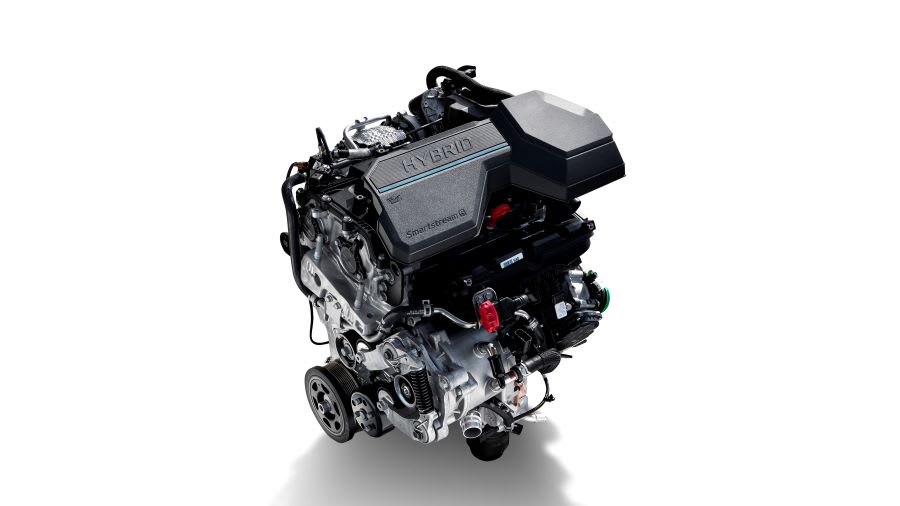
(A mild hybrid engine in the Hyundai Santa Fe, above)
First of all, let’s give you a little context.
At the moment, there’s no blanket set standard for how the automotive industry describes a ‘hybrid’ car or van. And the term ‘hybrid’ can mean very different things according to which manufacturer’s vehicle you lease.
And one of the big areas of confusion comes with the term ‘mild hybrid’.
You might be asking yourself questions like, ‘Does a mild hybrid need to be plugged in and recharged?’, ‘How far can I travel using just electricity with a mild hybrid?’, or ‘Is a mild hybrid cheaper to run than a traditional car?’.
To offer some clarity, here’s our foolproof guide to mild hybrid tech:
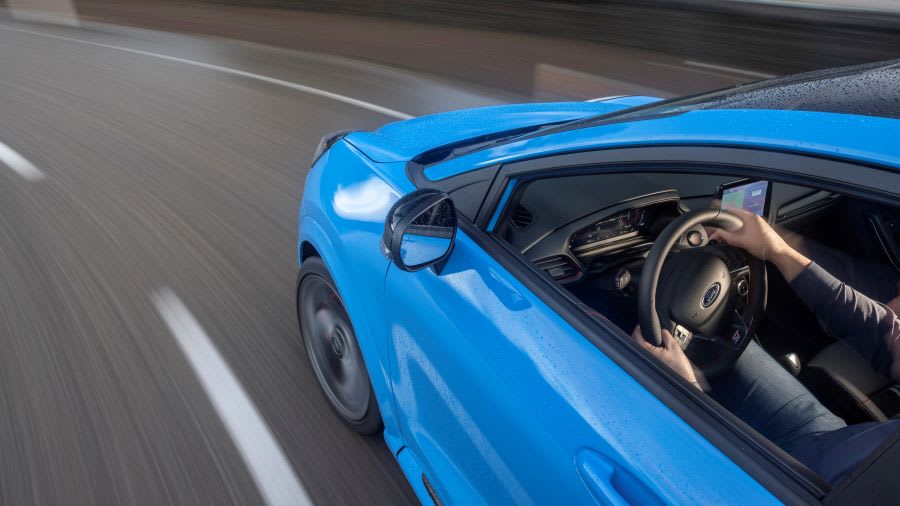
A simple overview of a mild hybrid car
Think of a mild hybrid vehicle as a stepping stone between a traditional petrol or diesel car and a fully-fledged hybrid model.
The mild hybrid system supports the combustion engine, but can’t actually turn the wheels itself to any meaningful degree. There’s no electric only range with a mild hybrid. There’s no super-sophisticated silent running.
But because you’re getting a small amount of electrical assistance with a mild hybrid, you can still enjoy better fuel economy and lower CO2 emissions than you might experience with a car that doesn’t have mild hybrid tech. And remember that lower CO2 emissions help to reduce your tax bill.
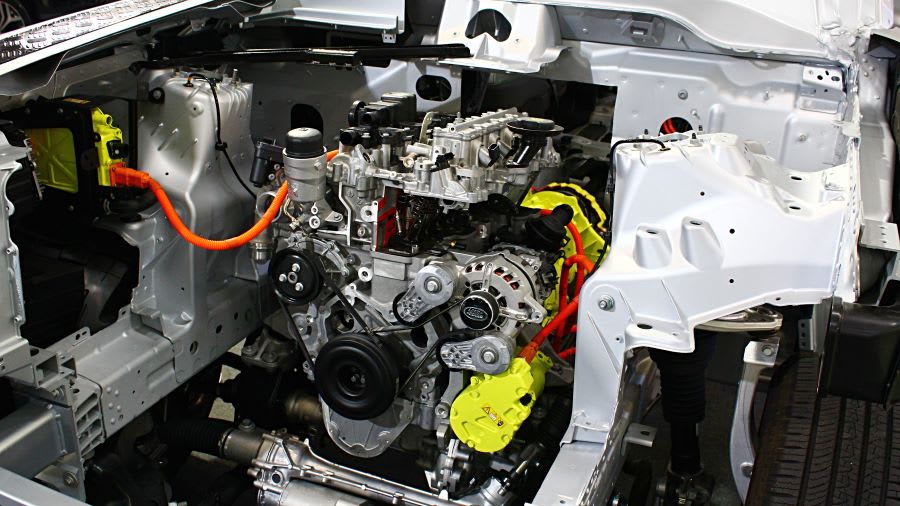
(A mild hybrid engine in the Land Rover Defender, above)
The techy explanation of a mild hybrid
With a traditional petrol or diesel car, you have a starter motor and an alternator, with the alternator keeping the car’s 12 volt battery charged.
With a mild hybrid, on the other hand, the starter motor and alternator are jettisoned in favour of a small electric generator and a compact lithium-ion battery.
That lithium-ion battery is recharged through regenerative braking - so you never need to plug it in and you don’t have to actively think about recharging it.
But the advantage of the mild hybrid system is this: rather than the combustion engine having to charge the electrical system, the mild hybrid battery and generator take the strain instead.
That means the combustion engine is doing slightly less work, and therefore you see miles per gallon and emissions benefits. The mild hybrid system can also assist with acceleration, too. It’s all pretty simple, once you get the gist of it. And it never interferes with the driving experience.
.jpg)
What are the benefits of a mild hybrid?
You’re essentially getting some of the benefits of an electrified powertrain - namely cheaper running costs - without the faff of plugging in.
You never need to find a charging point, you drive a mild hybrid just like you would any other vehicle, and you can also bolt a mild hybrid system to a traditional manual gearbox, which again helps to keep your leasing costs down.
You also get the kudos of having a nice ‘Hybrid’ badge slapped on the back of your car or van, which is a bonus.
Let's look at a really solid example.
Ford offers its Fiesta with a 1.0 litre petrol EcoBoost engine, either with or without mild hybrid power.
The one with mild hybrid power bolted-on has power of 125 PS, the one without has just 100 PS.
The mild hybrid Fiesta has fuel consumptions of 56.5 mpg and CO2 emissions of 114.0 g/km, the non-mild hybrid Fiesta manages less at 51.4 mpg, while CO2 emissions rise to 125 g/km.
That should be a great illustration of the advantages of mild hybrid wizardry.
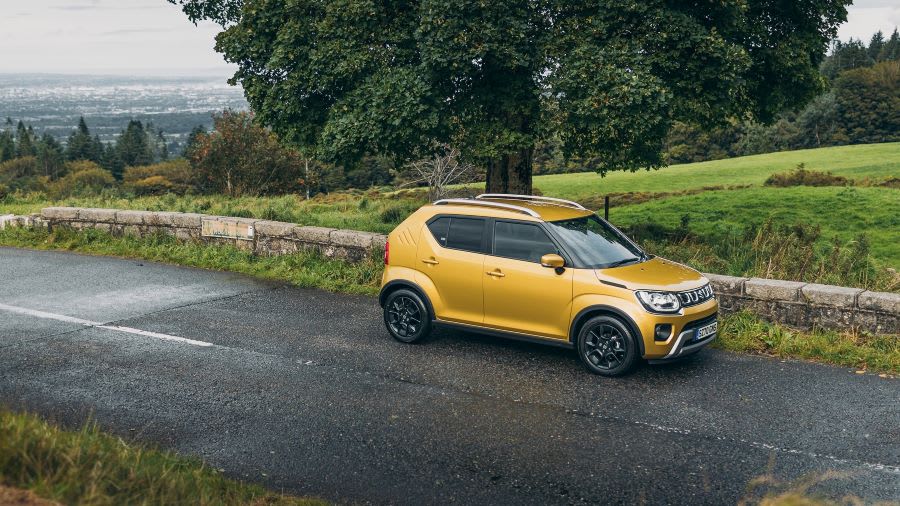
What are some good mild hybrid vehicles to lease?
Suzuki offers some seriously affordable mild hybrids, in the form of the Ignis crossover (above) and the Swift hatchback. You can lease the Swift mild hybrid from just £178 per month with Select - and it’s a belting little car.
Meanwhile there are lots of other manufacturers who’ve added mild hybrid technology to their powertrains without making much of a song and dance about it - it’s just becoming par for the course with lots of brands.
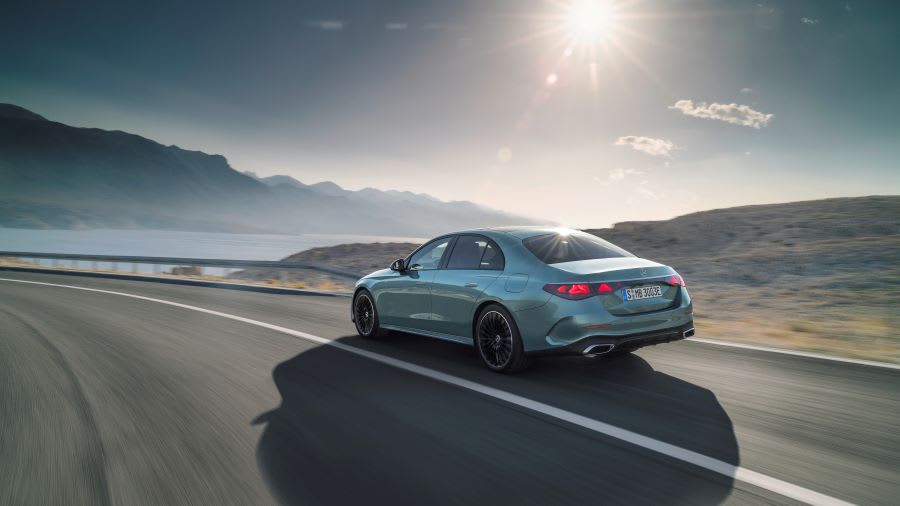
The Mercedes-Benz E-Class (above), for example, has mild hybrid tech throughout all of its non-plug-in hybrid powertrains, and companies like Ford offer mild hybrids, or ‘MHEVs’ as the industry calls it, across all of their best-selling models, including its vans.
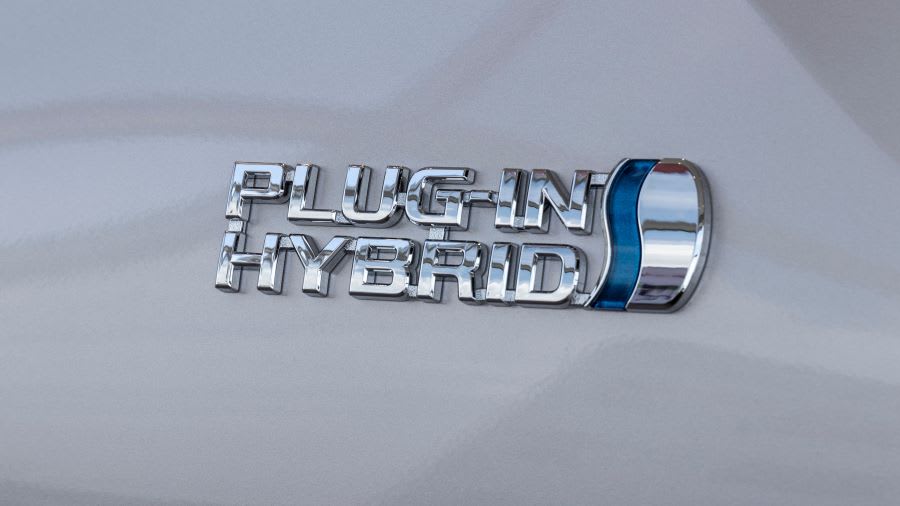
What’s the difference between a mild hybrid, full hybrid, self-charging hybrid and plug-in hybrid?
As we explained above, there’s no set definition of a ‘hybrid’ so you’ll see the term being used to describe lots of different systems.
A full Hybrid Electric Vehicle (HEV) works a bit like a mild hybrid, but has a much bigger battery and electric generator, which means it offers a decent electricity-only driving range. It also doesn’t need to be plugged in. You might also see these types of cars being called a ‘self charging hybrid’. Think the Toyota Corolla or Suzuki Vitara.
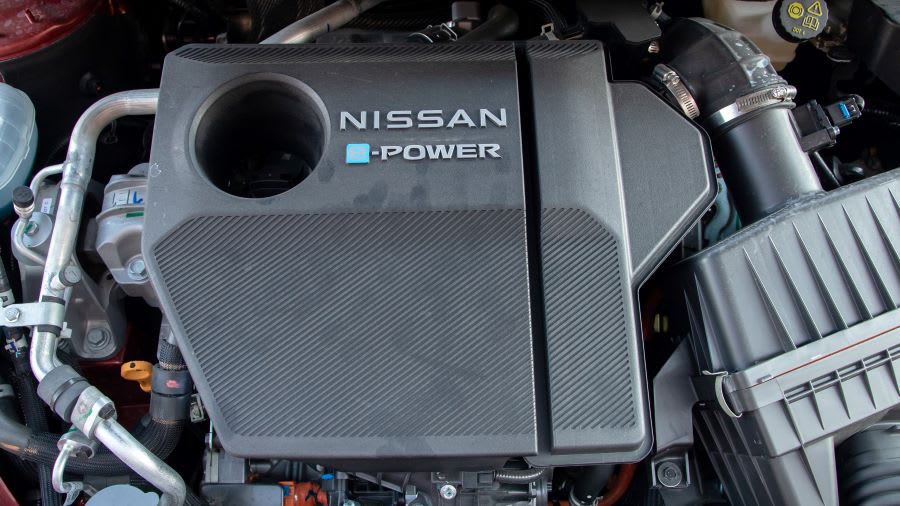
You’ve also got hybrid ‘range extender’ models - like the new Nissan Qashqai e-Power (above) - where the combustion engine powers an electric motor, which in turns drives the wheels. To all intents and purposes, it’s still a self-charging hybrid and doesn’t need to be plugged in.
And then you’ve got your bona fide plug-in hybrids - illustrated perfectly by Audi’s brilliant and numerous ‘TFSI e’ models - which do need to be plugged in and which offer the best fuel economy among the many different hybrids out there.
The Audi A3 TFSI e, for example, can return up to 280 miles to the gallon while also offering very decent amounts of power.
.jpg)
What’s the cheapest mild hybrid I can lease?
One of the most affordable mild hybrid cars to lease is the Fiat 500 (above), with prices starting from £173 per month*. The retro-tastic mild hybrid 500 will also return in excess of 50 mpg.
The Hyundai Bayon crossover and Hyundai i20 are good examples of a cheap lease with mild hybrid tech.
Meanwhile Ford’s Fiesta and Puma can also be leased as mild hybrids, with prices for the ‘MHEV’ mild hybrid Puma beginning at £261 per month*.
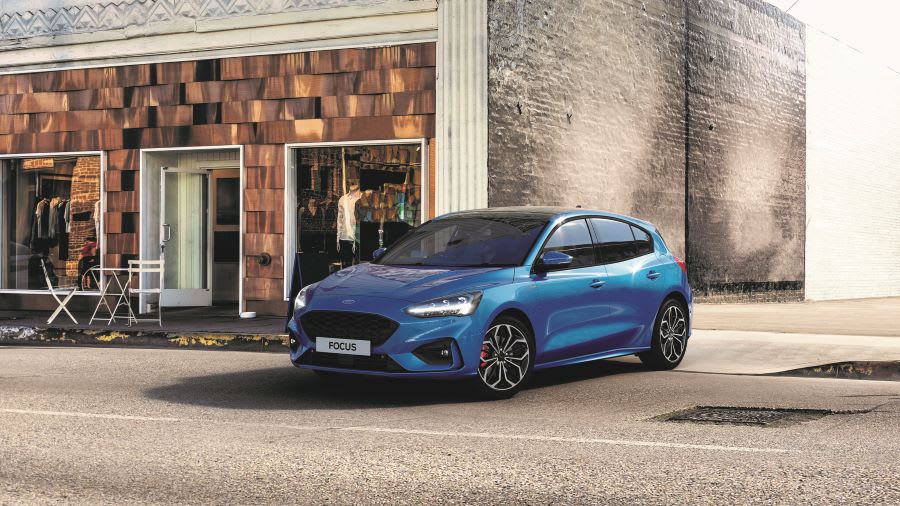
Is it worth leasing a mild hybrid?
This all depends on your individual needs. If you want to eke-out the best fuel efficiency and lowest CO2 emissions from an affordable lease, then a mild hybrid is well worth considering.
If you’re in need of a car that’s going to get you down the road using electricity alone, or which will boost your mpg stats into triple figures, then you’re going to need to look elsewhere at a full hybrid or plug-in hybrid.
As we mentioned earlier, however, a mild hybrid is a great starting point on your journey to electrified motoring - consider it a gentle toe in the water.
And because the technology is becoming more and more ubiquitous, chances are you’ll be driving a mild hybrid in the future even if you’re not actively looking for one.
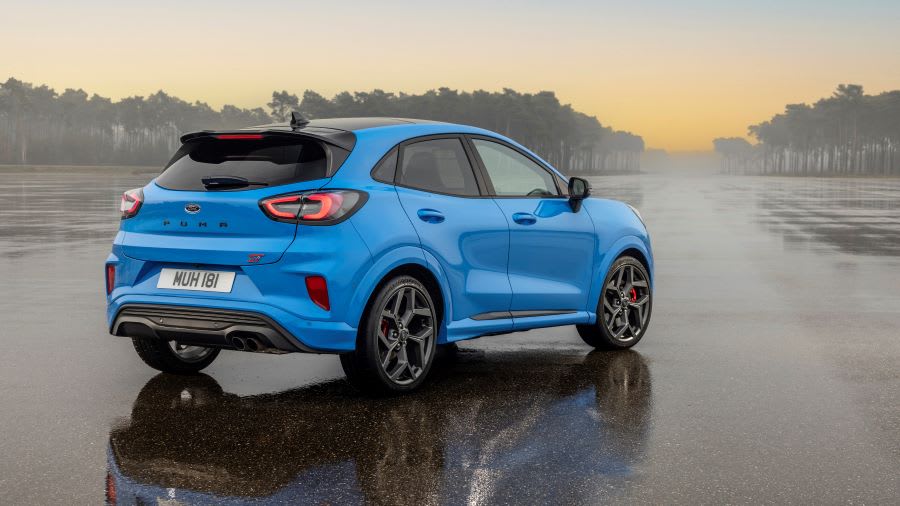
*Prices include VAT. Credit is Subject to Status, Ts and Cs and Arrangement Fees apply. Excess mileage may apply. Stock levels and prices correct as of 27/04/23.
Enjoyed this? Read our latest news:
- Volkswagen ID.7 revealed in full
- Smart goes large with new #3 EV
-
New MG HS revealed
-
Chinese brand ZEEKR confirmed for Europe
- Updated new Renault Clio E-Tech full hybrid
Where To Next?
For all the latest reviews, advice and new car deals, sign up to our newsletter.
Looking for a great leasing deal? Check out our incredible range of special offers.
Read our latest reviews and find the right model for you.
Want to know more about leasing? Take a look at our comprehensive leasing guides.
Interested in everything motoring? Why not catch up on all the latest car leasing news.

















